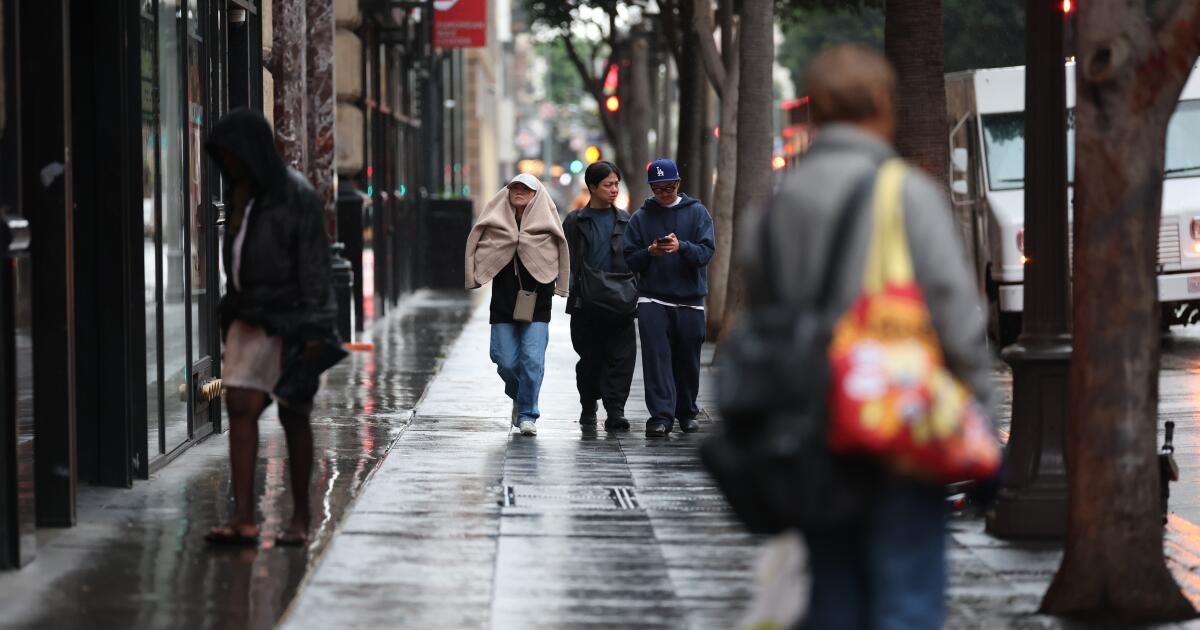Flash floods can happen suddenly, often without warning. These floods can take shape in just a few minutes, even if it isn’t raining at the moment, according to Ready L.A. County. Understanding flood risks is crucial, especially if your home is in a low area, close to water, or near recently burned land.
Your property’s flood risk can change. The Federal Emergency Management Agency (FEMA) maps areas based on risk. Low- to moderate-risk zones are labeled B, C, and X, while high-risk areas get the labels A and V. This mapping is ongoing, as the landscape and weather patterns evolve. The National Flood Insurance Program teams up with communities to keep information current.
To prepare for a flood, make a plan with family and neighbors. An essential part of this plan is having a go-bag ready. Include important documents in a waterproof bag, medications, an extra set of glasses, comfortable shoes, a change of clothes, cash in small bills, a phone charger, flashlight, water, and non-perishable food. If you have pets, don’t forget their food and supplies.
Emily Montanez, associate director for L.A. County’s Office of Emergency Management, suggests building a support network with your neighbors. Keep an emergency contact list on paper in case your phone dies during an emergency.
Check local flood maps often to understand your area’s flood risks. Follow directions from emergency services, especially during an evacuation. Montanez emphasizes listening to first responders. If authorities knock on your door, it’s best to evacuate.
Stay connected to your community’s emergency alerts. In Los Angeles, residents can sign up for notifications through services like Alert L.A. County and Notify L.A.. Local forecasts can also be checked through the National Weather Service.
During a flood warning, if time allows, move valuables from lower floors to higher ones. Disconnect electrical devices by turning off circuits at the panel. After evacuation, wait for officials to say it’s safe to return home.
Recent statistics show that floods are becoming more frequent in various regions, intensifying the need for preparation. According to a report by the National Oceanic and Atmospheric Administration (NOAA), the number of extreme rainfall events has increased significantly over the last decade. This trend is a vital reminder that being proactive can save lives and property.
As social media discussions gain traction on climate change and its effects, many communities are advocating for better flood management strategies. User posts reflecting recent flood experiences highlight the importance of preparedness and community support in overcoming such challenges.


